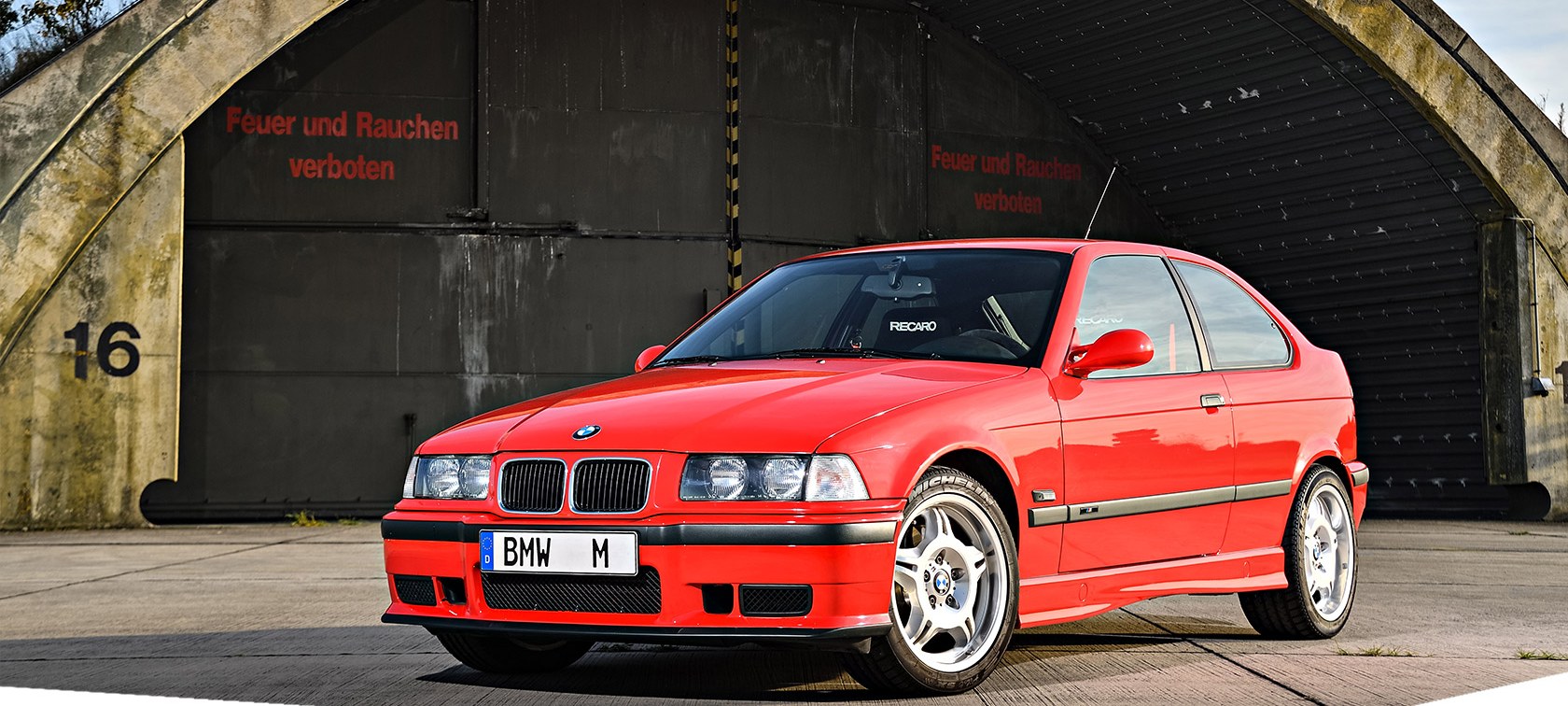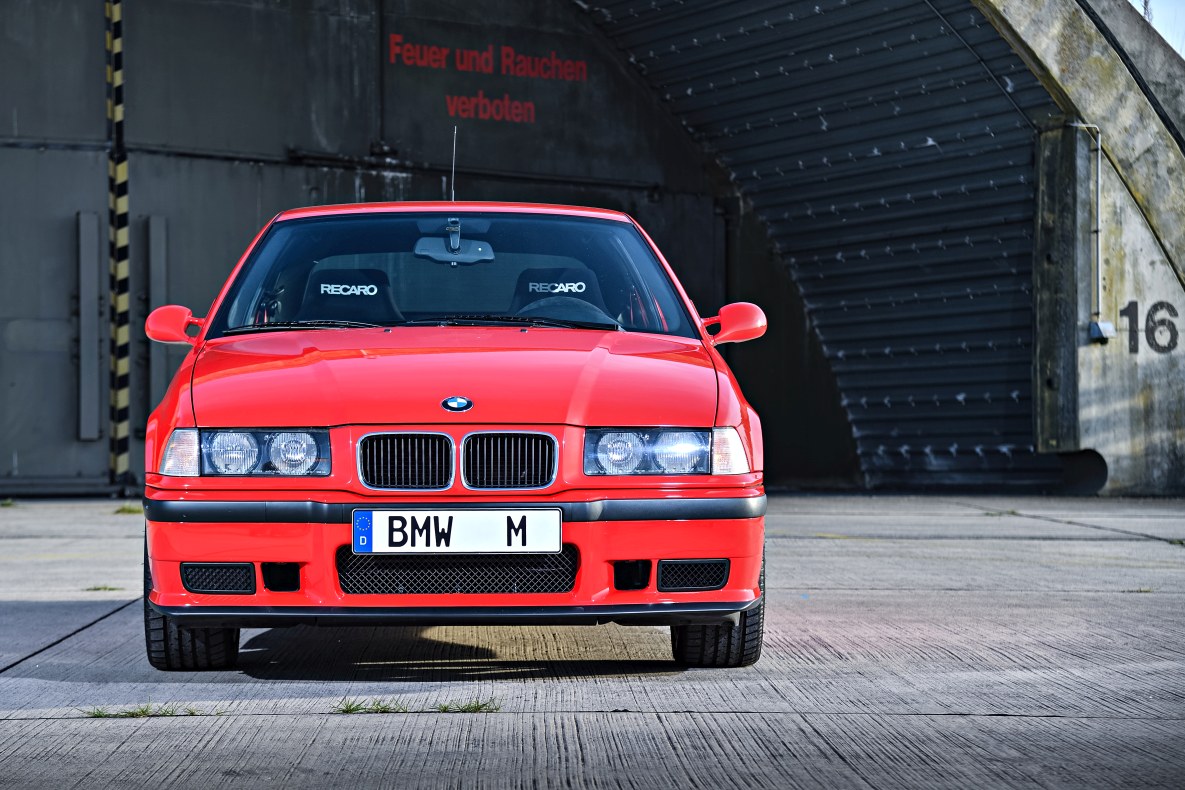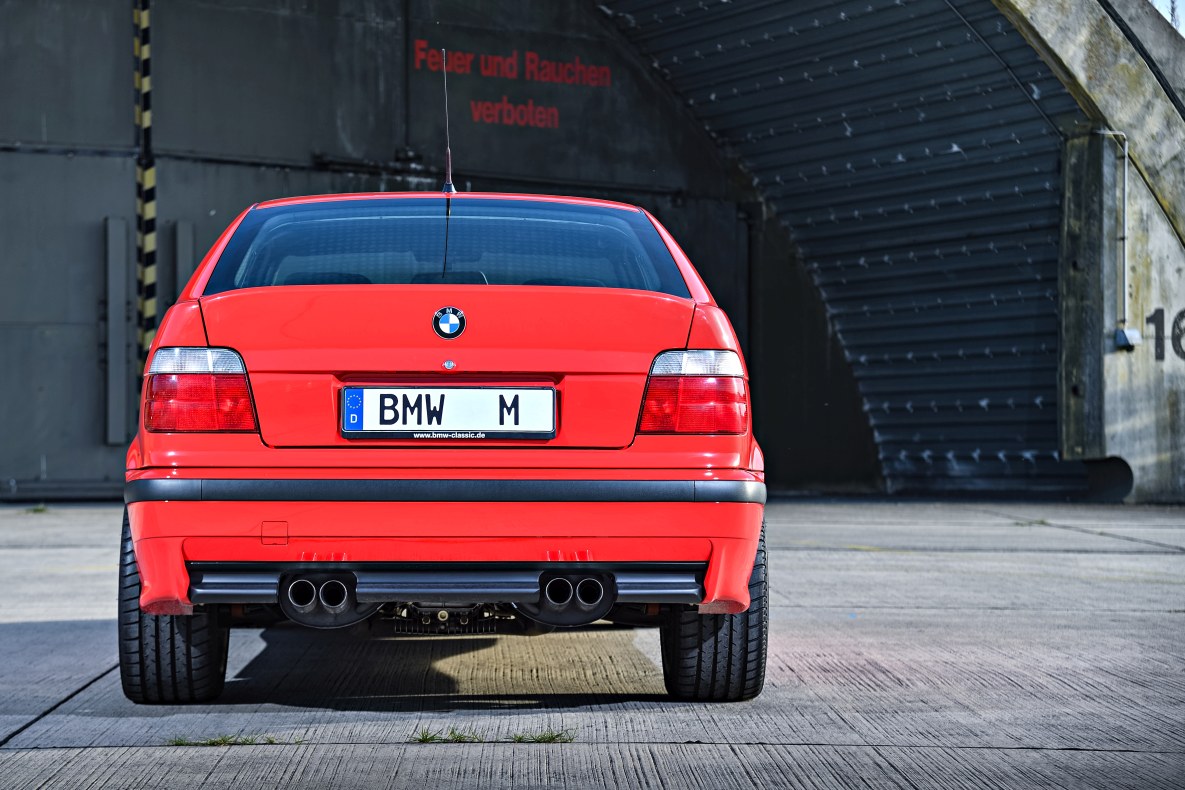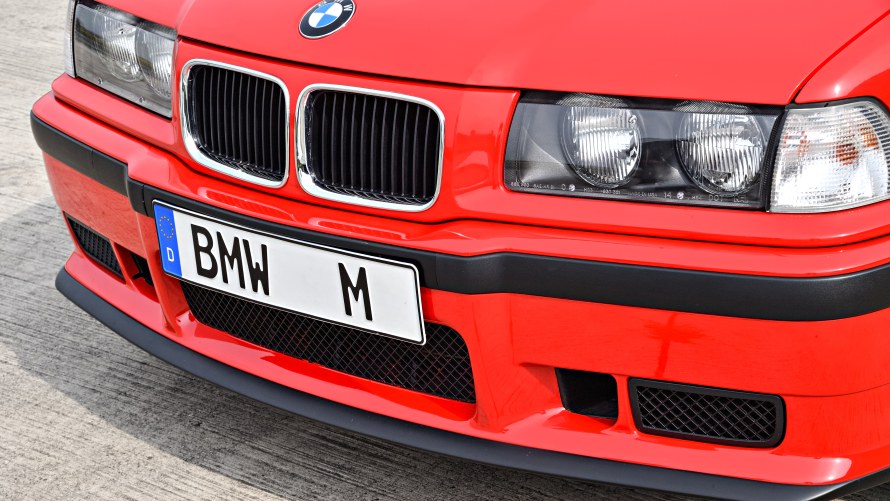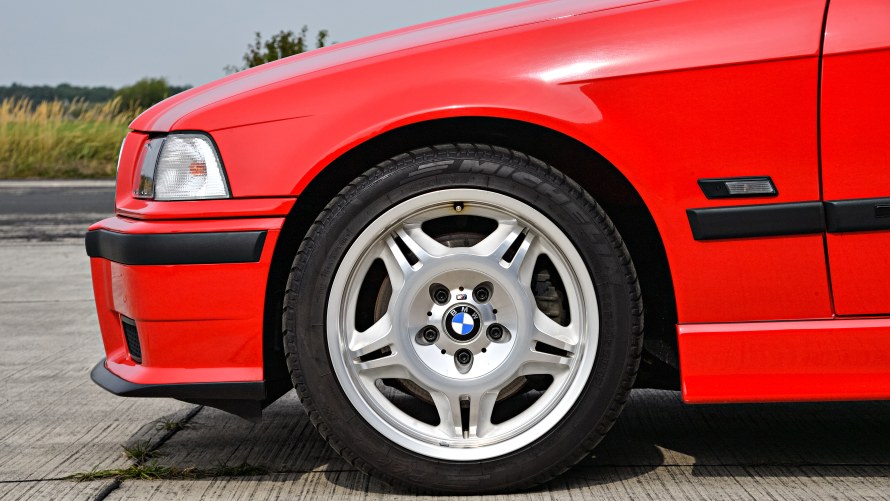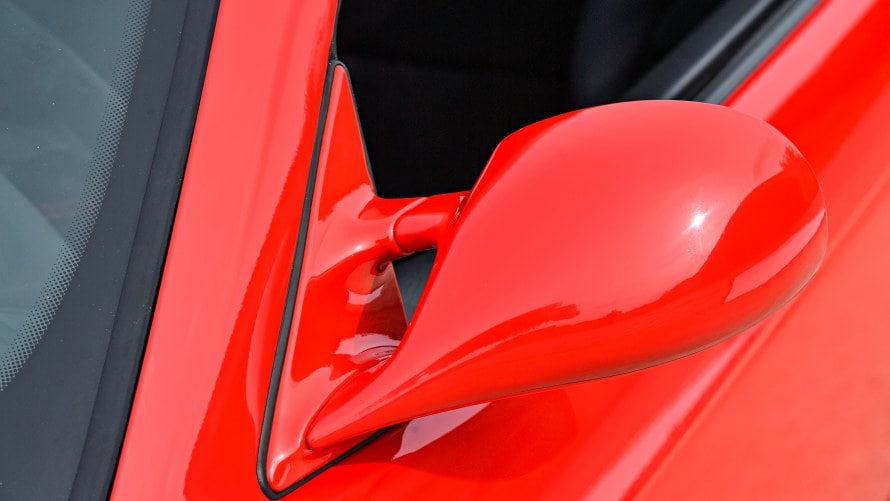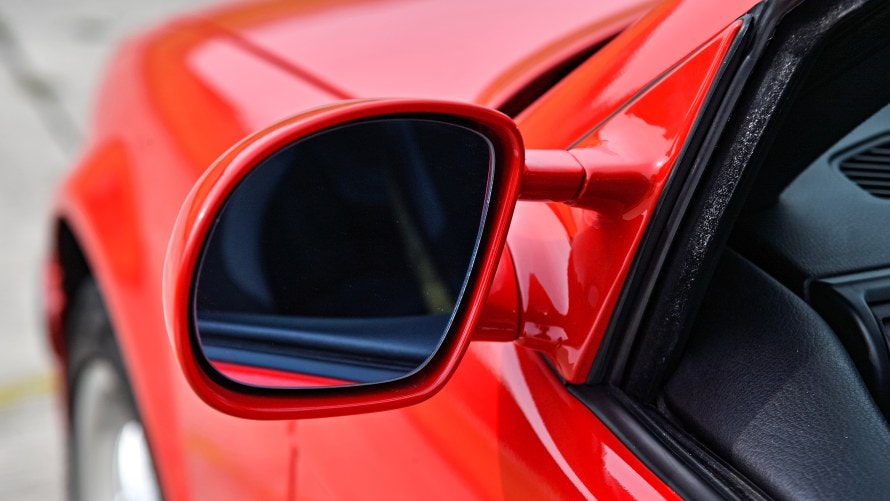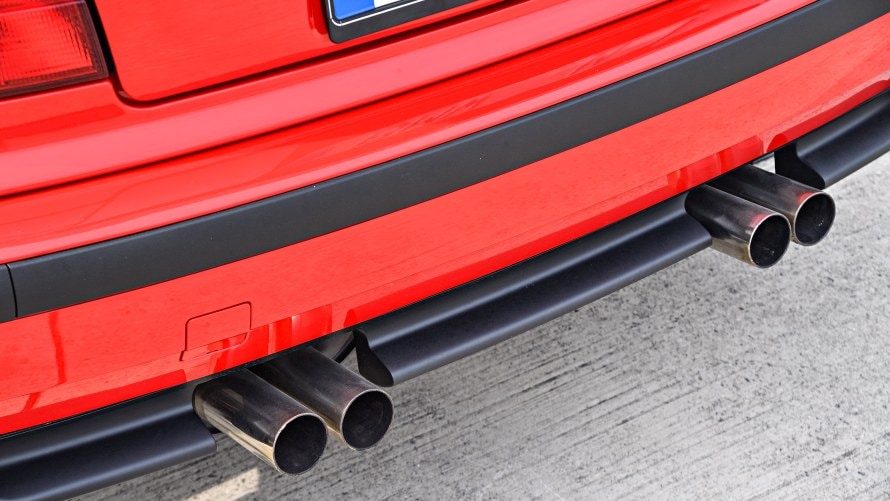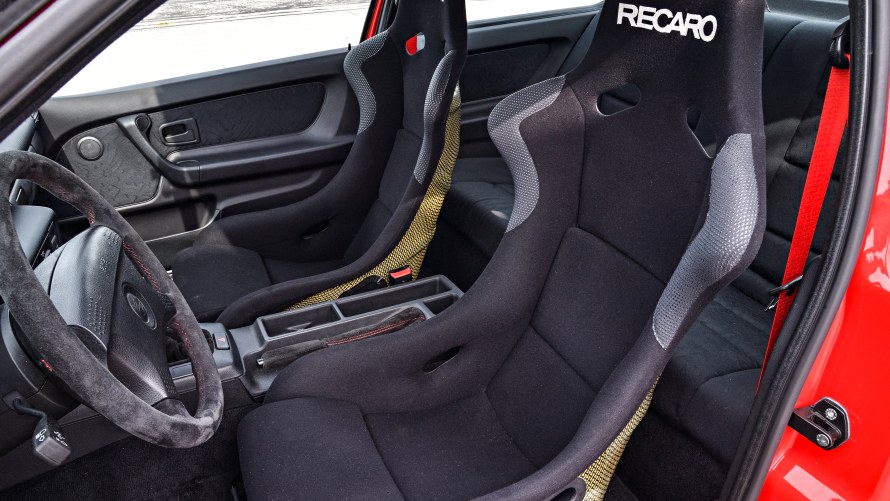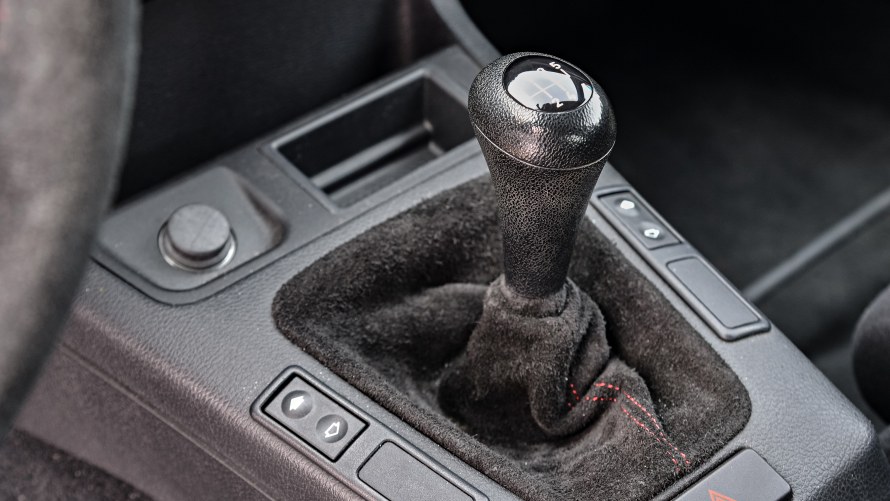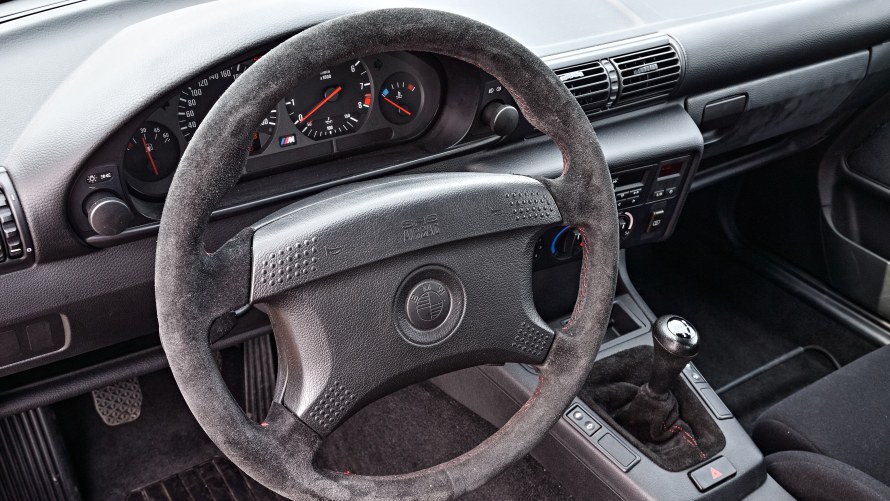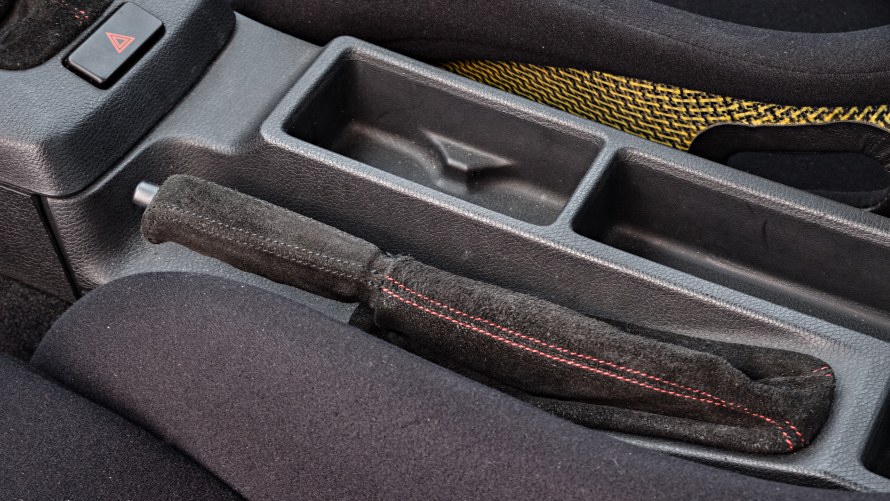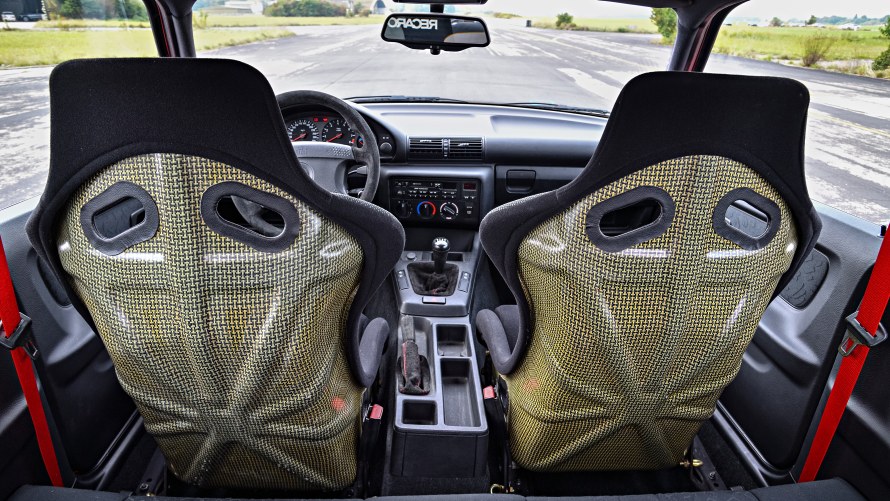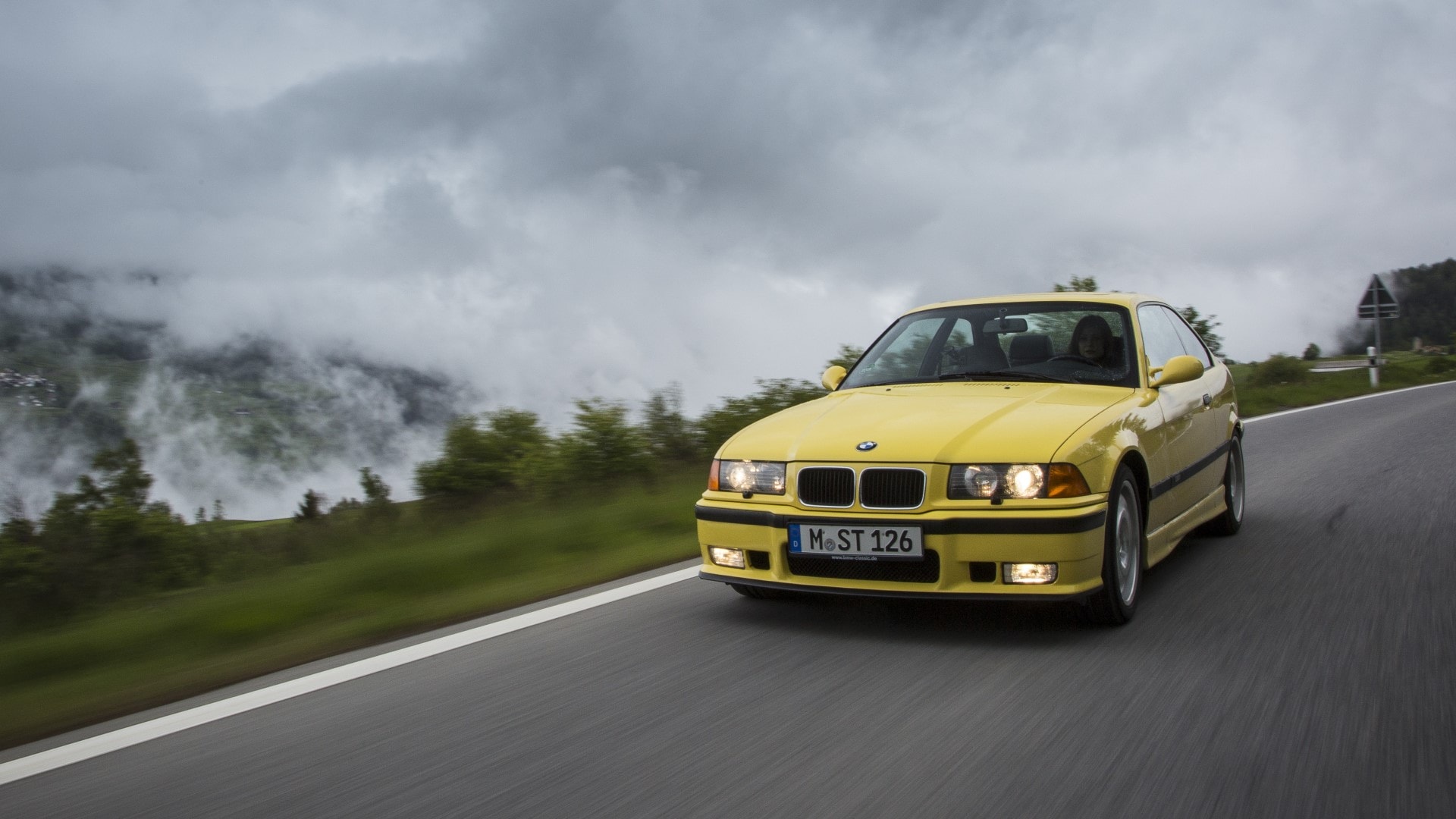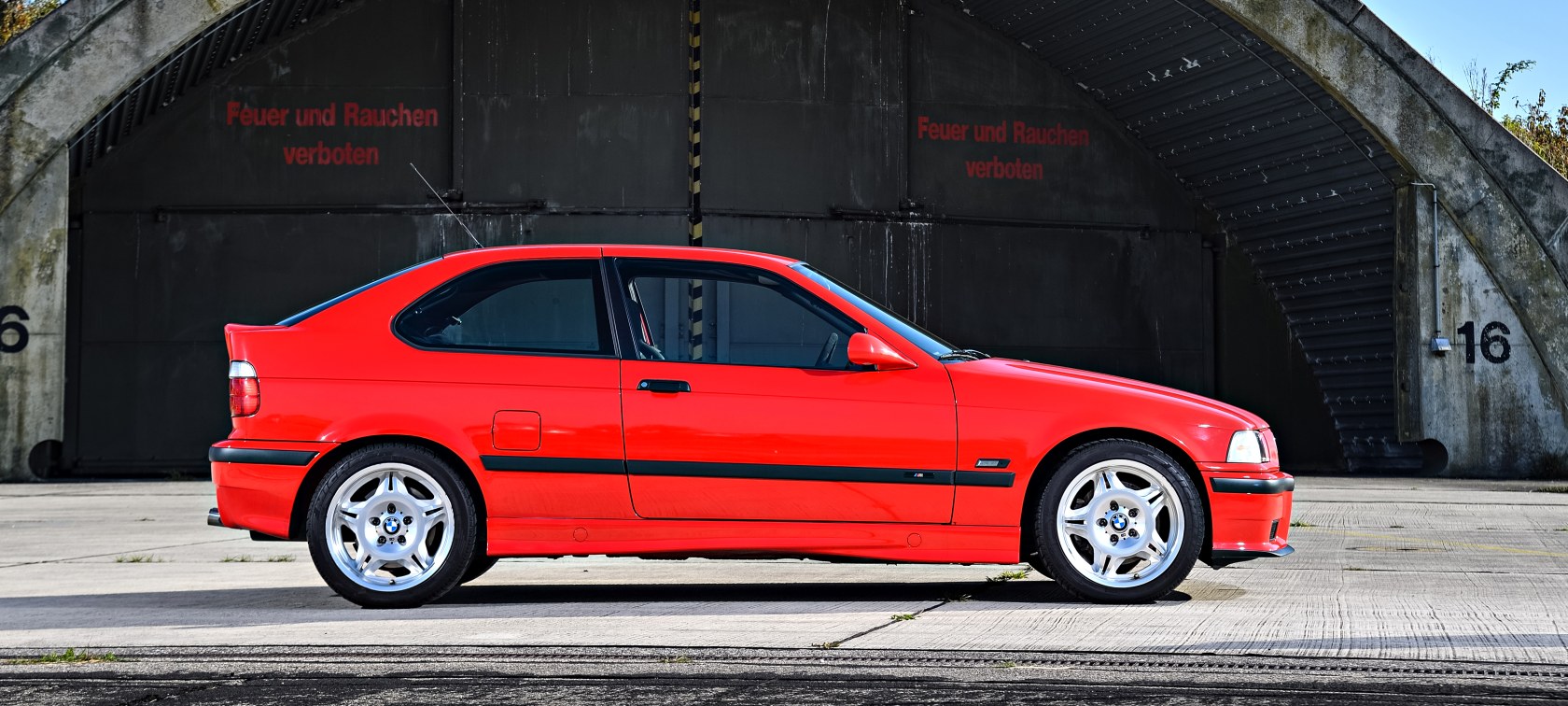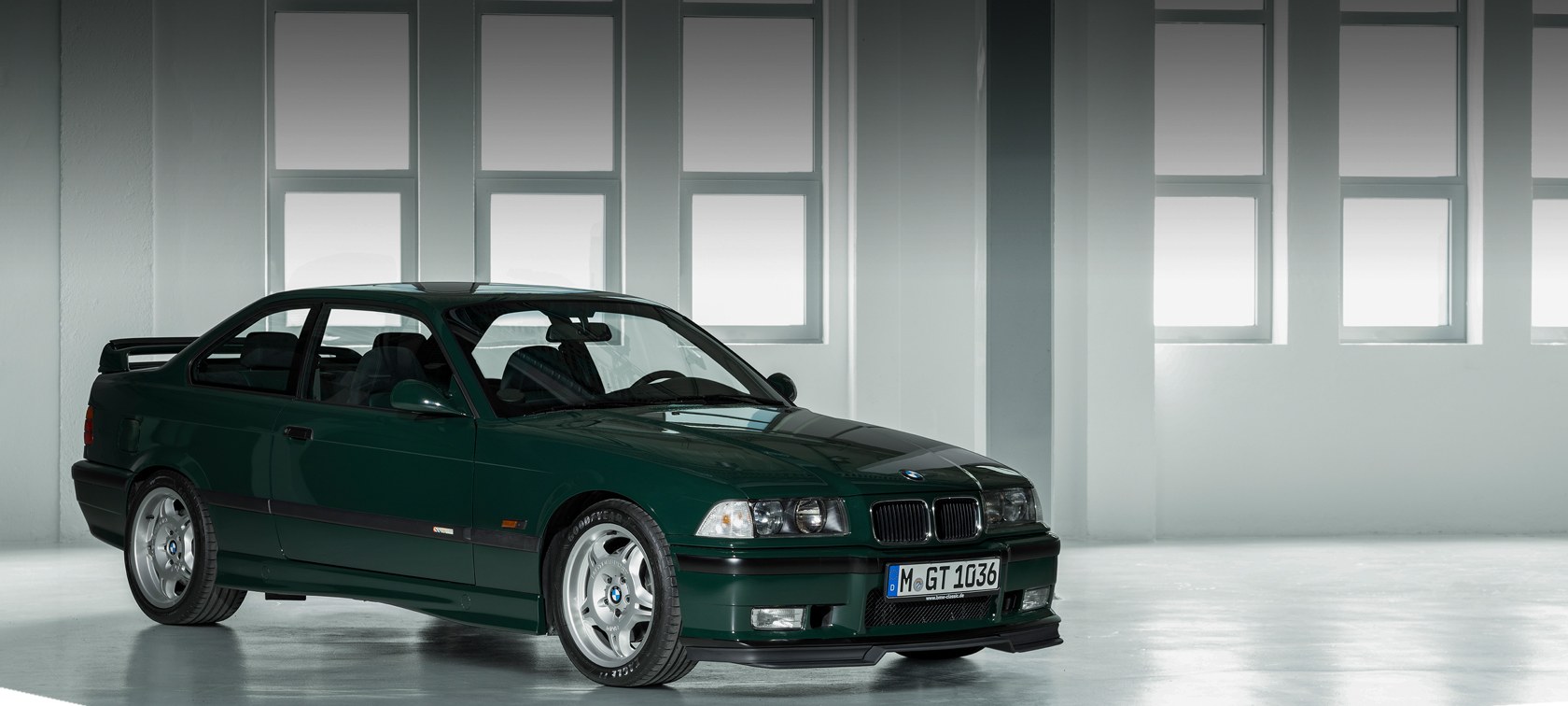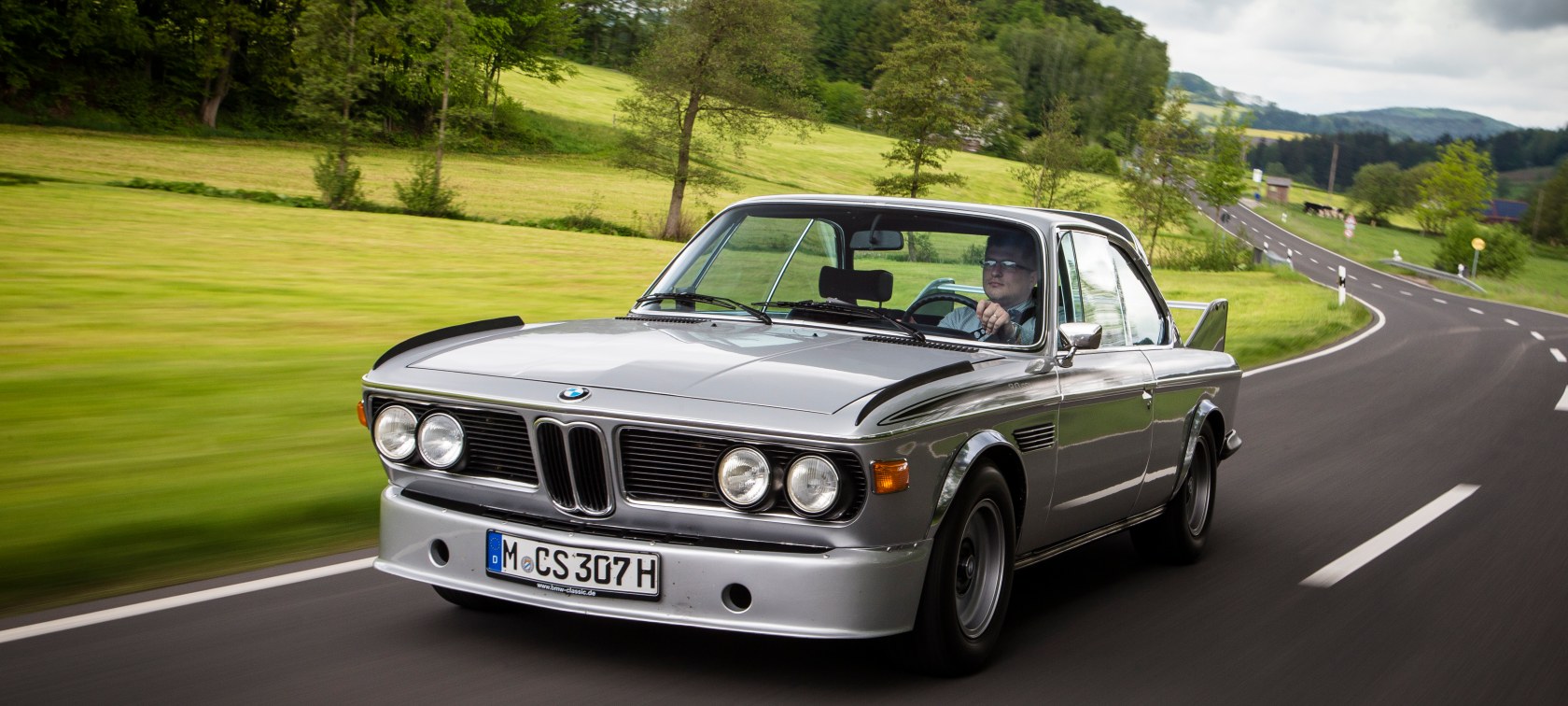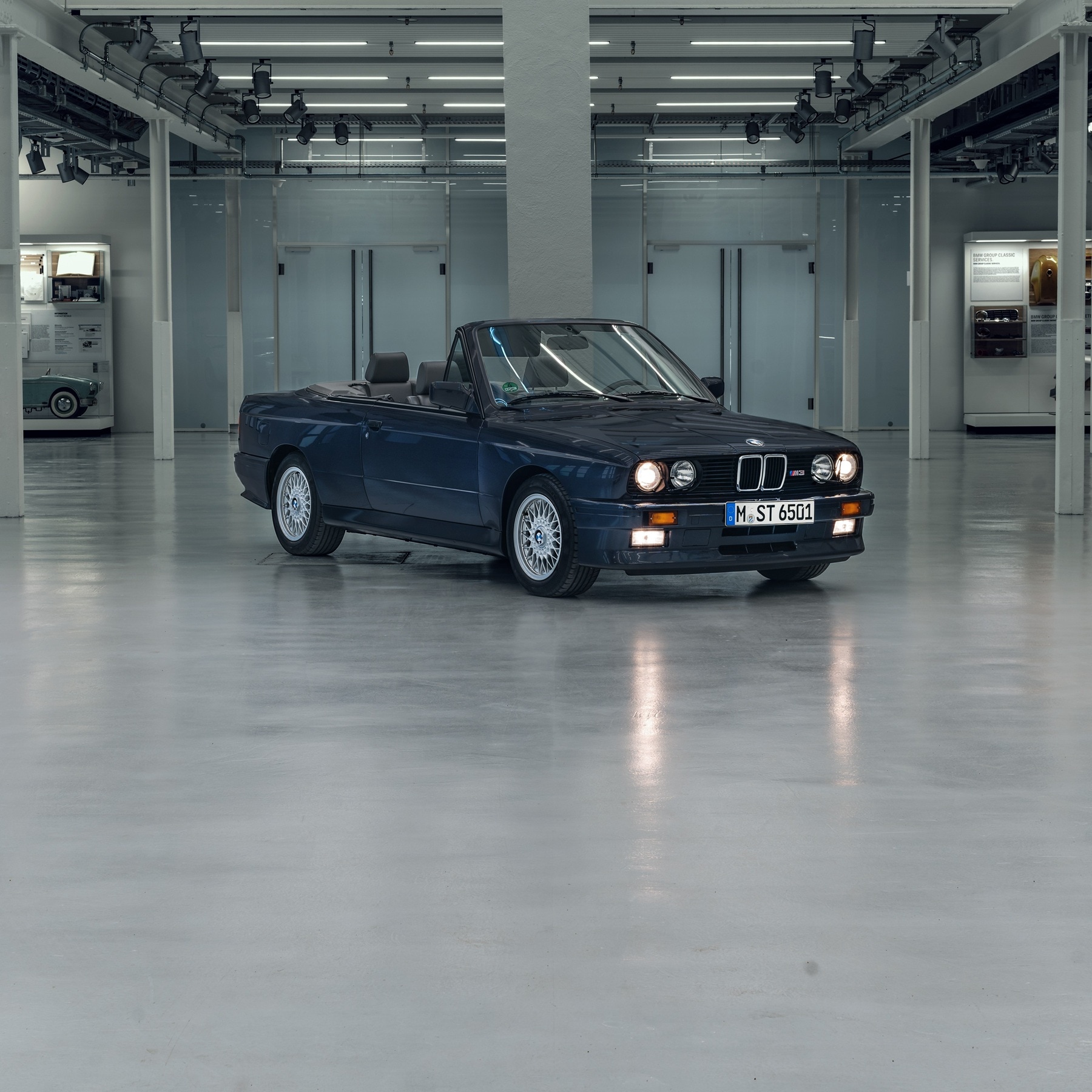The BMW M3 Compact E36 never went into series production, and yet its impact is still felt today. Long before compact sports cars with over 200 hp became a favourite of passionate high-performance fans, it already offered everything that makes this class of vehicle so popular. So it’s no surprise that many view it as the pioneer of successful models that followed, such as the BMW 1 Series M Coupé and the BMW M2.
5 POWERFUL FACTS:
- Year of construction: 1996
- Max. output: 321 hp
- Engine: S50B32 inline 6-cylinder
- Weight: 1,300 kg
- Never went into series production
BMW M3 COMPACT.
BMW M3 COMPACT.
A glimpse into the future: Tech fans and car lovers know that if you give engineers free reign every now and then, extraordinarily exciting things can come as a result. Limits are pushed and surpassed, standards are redefined. As an exercise in pushing the boundaries of what was technically possible, 1996’s BMW M3 E36 Compact is impressive proof of this. While it turned out to be too far ahead of its time, the car still provided an exciting glimpse into the future.
FULL POWER WITH SIX CYLINDERS.

FULL POWER WITH SIX CYLINDERS.
The heart and highlight of the BMW M3 Compact is of course its engine. The inline 6-cylinder engine (S50B32), borrowed from the iconic M3 Coupé, provided a hefty 321 hp when required. If the car had ever gone into series production, however, engineers would probably have had to dial down its power in order to improve drivability. Due to the compact dimensions and low weight, it quickly became clear during test drives that the M3 Compact was an innovation best left in the hands of experienced drivers only.


SPORT PLUS.
SPORT PLUS.
With its extraordinarily drivable overall package and the progressive, almost rebellious design of the prototype, BMW M wanted the M3 Compact to inspire a younger customer base in particular. With that in mind, considerations like comfort and space were pushed down the pecking order and fun factor brought to the fore. Achieving maximum sporty appearance and uncompromisingly agile handling was the main aim of the day.
It's 150 kilograms lighter, more agile, firmer, more uncompromising
GUARANTEE FOR DRIVING PLEASURE.
GUARANTEE FOR DRIVING PLEASURE.
Short body and low weight: It’s with good reason that many fans regard this high-performance car as a pioneer and the forerunner of iconic models such as the BMW 1 Series M Coupé and the BMW M2. Not least because with the M3 Compact’s significantly shorter body, BMW M engineers achieved tangeable improvements: the prototype weighs 150 kilograms less than the equally weight-optimised E36 M3 Coupé. In addition to its lightweight 1,300 kilograms, one of BMW M3 Compact’s trump cards is that reduced length. At the rear, the prototype is a good 23 centimetres shorter than the Coupé, making it more agile thanks to there being less active mass behind the axle. However, while it is often reported that the wheelbase is also shorter than that of the regular BMW 3 Series, it is in fact identical.

Numerous other measures were taken to further reduce the M3 Compact’s weight, which is particularly evident in its minimalist interior. In order to achieve a power-to-weight ratio that is impressive even by today's standards, everything not absolutely necessary was stripped away. In return, the prototype received a genuine roll bar and racing seats from Recaro. Remnants from the BMW 3 Series from the previous E30 series are also striking, such as the driver-oriented centre console and the air vents in the dashboard. This is where the Compact clearly differs from its series-produced siblings, the M3 Coupé E36 and M3 Convertible E36.
THE PROTOTYPE REMAINS.
But the fans are enthusiastic: Despite – or perhaps because of – its extraordinarily powerful output, the BMW M3 Compact E36 never went into series production. Over the years, a few examples have found their way onto public roads or were used at racing events. But these models were all created by passionate fans and enthusiasts looking for the elusive quality that the M3 Compact still embodies today: a driving experience without compromise.

